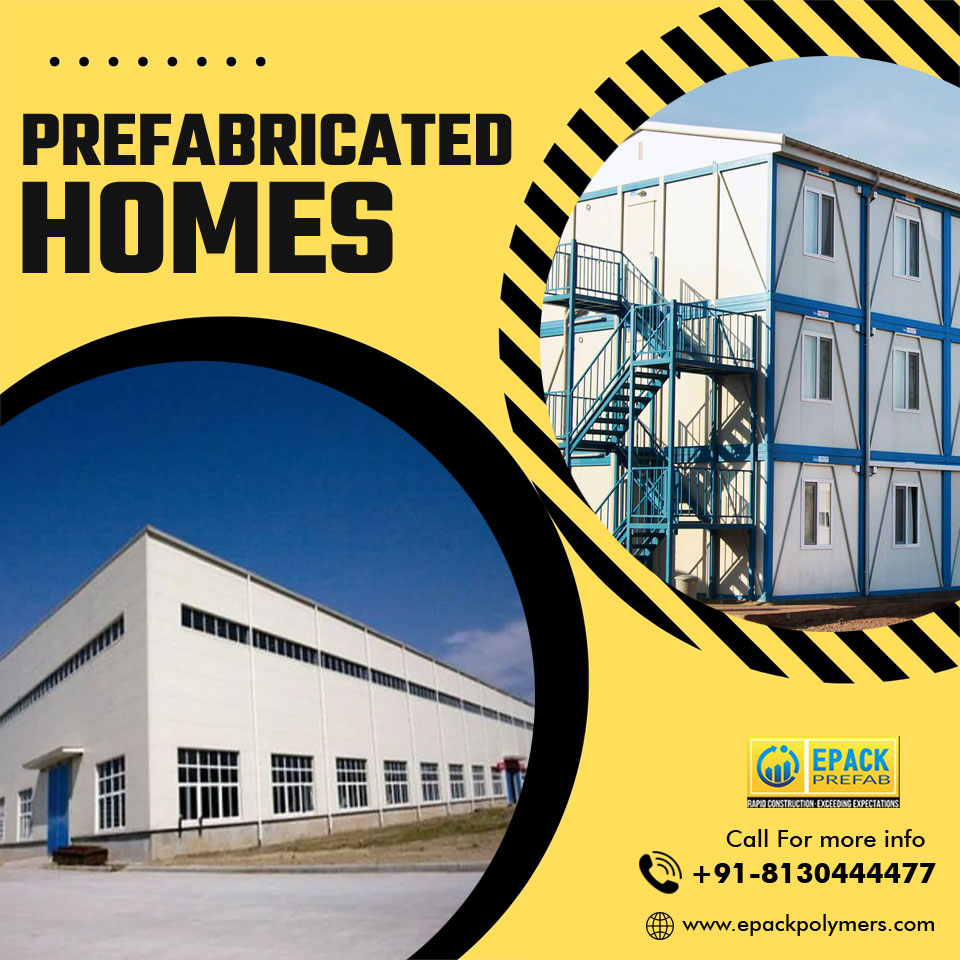On the real estate market, prefabrication is gaining popularity. The introduction of prefabricated homes in India has paved the way for cutting-edge and technically advanced building and design techniques. This method can be applied for all types of building construction, including high and low rises, rental homes, and mass cities. To implement difficult designs and also premium structures, architects employ prefabricated methods.
Based on market data, the anticipated urban housing shortage in India is 18.8 million dwellings. Therefore, the prefabrication method can be applied to construct homes three times more quickly. Currently, multi-story structures may be constructed in 90 days and also will definitely use 20 percent less material and also area than conventional building and constructing techniques.
The Prefabricated Construction Method
Prefabrication is a procedure whereby structures are constructed by combining components that have actually been cast off-site in a manufacturing facility or creating site and also are then transported to the building site for instalment. The components are readily and also promptly assembled on-site. Almost every part of a structure can have custom-made installation of components, from windows, wall panels, and stairways to ceiling panels, roof coverings, and the construction of entire building systems.
The implementation of the prefabrication method necessitates extensive planning, as it is carried out in highly controlled production settings. Important components of a structure can be manufactured off-site and then transported directly to the construction site for installation. In such a case, the complete structure is raised and constructed on-site.
Profit or Detriment?
The benefits of a prefab home are that it reduces construction time and is environmentally friendly. As a result of the fact that the components are produced in a regulated atmosphere, it provides eco-friendly advantages such as site security, waste monitoring, improved air quality, and quality control. Prefabrication is an innovative building and construction method that conserves both time and also space. Prefabrication, where hollow slabs and wall surfaces are produced, can be infused with new technologies to create structures that are lighter, easier to assemble, and have a much longer shelf life.
Prefabrication is one of the most dependable and also the most cost-effective procedures. Instead of being constructed on-site by woodworkers, sections of a prefab house are mass-produced off-site and also supplied to the site at substantially reduced rates. In addition to being more affordable, prefabricated buildings, often known as modular real estate, are safer than conventional homes. They are significantly more resistant to natural disasters such as earthquakes and tsunamis.
As a result of a substantial amount of computerization in prefabrication processes, human error is negligible. With proper planning, it is possible to limit the number of vehicles and also tools needed on the construction and also building site. Assembled houses are adaptable and may be readily disassembled, transported, and repurposed. It is similarly durable, which is an included benefit.
Even though the initial cost of utilising prefab may be higher, there are fundamental advantages. Programmers and customers both benefit from quicker execution and on-time delivery of the final product. Additionally, consumers have a vast selection of styles and designs to choose from.
The Prospects for Prefabrication
With the advantages outweighing the disadvantages, prefabricated dwellings can be a viable construction concept in developing economies such as India. There is a long-held belief that prefabricated homes are of inferior quality, but new advances may alter this view and expand the market.
Prefabrication is utilised by a large number of businesses since it is crucial to success in the construction and building industry. As a result of India’s increased interest in such construction, worldwide manufacturers of prefabrication equipment and also components have entered the country. The need of the hour is for more domestic market participants to take an active interest in prefabricated homes, as well as for the general populace to get a deeper understanding.
To advance the Indian real estate industry to the next level, the prefabrication technology serves a specific purpose. It is set to revolutionise the future of the Indian real estate sector.

